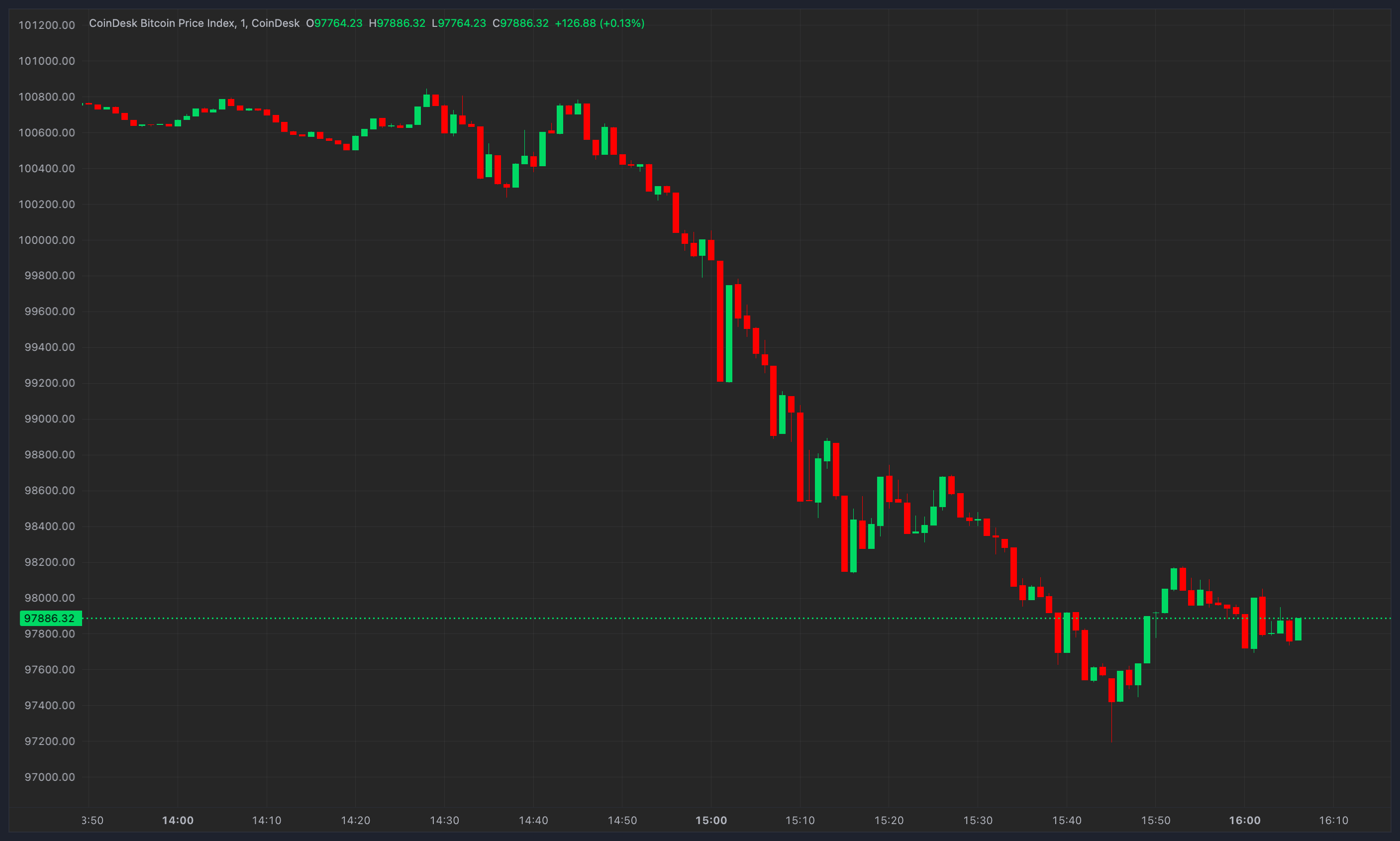In a recent interview, Solana Labs Co-Founder Anatoly Yakovenko talked about how Solana managed — over the past 18 months — to “catapult” itself to the position of one of Ethereum’s major L1 blockchain rivals.
His comments were made during a conversation on September 21 with Ryan Selkis, Co-Founder and CEO at Messari, at Messari’s annual conference Mainnet (September 21-23, 2022) in New York City.
Yakovenko told Selkis:
“I’d love to say that it was like brilliant strategy, but it was really I think a function of necessity. We never had a ton of runway. There are always like 20 months or lower. So 12 engineers, a very scrapy team, over two years, we built the bare minimum to prove that a fast blockchain that has parallel execution is possible. That meant no EVM support, no Ethereum-like features.
“We literally just could demo, look, this thing could run something like zero. And that was it. And that was the right thing to do because devs saw a new technology that gave them new capabilities and they were curious and engineers are naturally curious. And that allowed us to build a small ecosystem of folks… eating glass was like our mantra at the time.
“Now, it’s more like surfing glass, but at that time I was really really rough. The only developer tool we got that we gave people was basically equivalent to a Linux system call. So it was very very low level programming, but it was cheap and fast and a new primitive for parallel execution and that that was really what allowed us to differentiate and build our own community.“
Yakovenko also talked about Saga, which is a new mobile phone introduced on 23 June 2022 that is being developed as the result of a collaboration between Solana Mobile, a subsidiary of Solana Labs, and OSOM.
As he was showing a Sega phone prototype to Selkis, Yakovenko said:
“It’s awesome….This is built by an amazing OEM: OSOM. Jason Keats is the founder. He was the architect of iPad Pro. He’s like an amazing hardware engineer… He loves materials and hardware and making a beautiful device and we’re working on the crypto software part of it, the Solana Mobile Stack.
“And this all came about because there are two things happening in crypto. Applications are getting more sophisticated and they’re dealing with much more complex media and interactions, and self-custody is still dangerous and sucks.
“And when you look at your phone, you kind of feel like, ‘why isn’t this my hardware wallet?’ Why are we storing seed phrases inside the application that’s doing all these very complicated things? So that was part one, and part two is [that] decentralisation is enabling true real-world digital assets. That’s just never been done before. When you buy a movie from Amazon — buy to own — actually all that content you’re renting it from Amazon for that 20 bucks forever and it may disappears sometime in the future… So they own the content at the end of the day.
“But with Web3, the user generates the content and the user owns it and Magic Eden can’t to add a 30% tax on that content in the mobile app. There’s no way you can take a $10,000 NFT and sell it for $13,000 in the iOS app store, and they can’t eat that cost either.
“So the business model just doesn’t work. Web3 is about true digital assets being real things. That means they have to be treated like physical items, and that really hurts all the folks that Apple and Google want to take 20% to 30% off of [for] every digital transaction.
“So these two things coming together is a big opportunity. Can we make the signing experience awesome and delightful like Apple Pay? Can we make custody as simple as just owning your phone? And can we give devs an app store where crypto is treated as a first-class citizen?“
Read More: www.cryptoglobe.com









 Ripple USD
Ripple USD  NKN
NKN  Thena
Thena  BakerySwap
BakerySwap  ParallelAI
ParallelAI  M3M3
M3M3  Hippocrat
Hippocrat  Keep Network
Keep Network  Renzo
Renzo  QuarkChain
QuarkChain  aixCB by Virtuals
aixCB by Virtuals  Lista DAO
Lista DAO  Catizen
Catizen  SynFutures
SynFutures  Milady Cult Coin
Milady Cult Coin  Rekt
Rekt  OpenServ
OpenServ  APF coin
APF coin  We Love Tits
We Love Tits  Solend
Solend  Neon
Neon  AVA (Travala)
AVA (Travala)  Toshi
Toshi  Radiant Capital
Radiant Capital  Resolv RLP
Resolv RLP  Wagmi
Wagmi  Islamic Coin
Islamic Coin  Orchid Protocol
Orchid Protocol  Gods Unchained
Gods Unchained  Cortex
Cortex  Pangolin
Pangolin  XPLA
XPLA  LUKSO
LUKSO  Cobak
Cobak  Stafi
Stafi  Skey Network
Skey Network  Wojak
Wojak  Minswap
Minswap  Marblex
Marblex  Koma Inu
Koma Inu  ALEX Lab
ALEX Lab  Radworks
Radworks  michi
michi  Milady Meme Coin
Milady Meme Coin  KIKICat
KIKICat  Masa
Masa  Zebec Network
Zebec Network  XBorg
XBorg